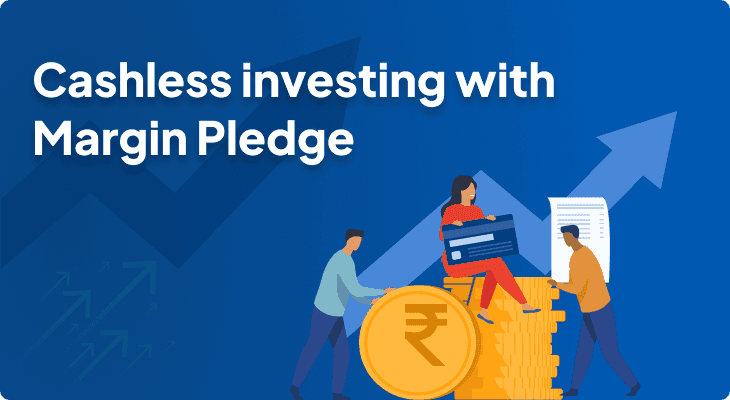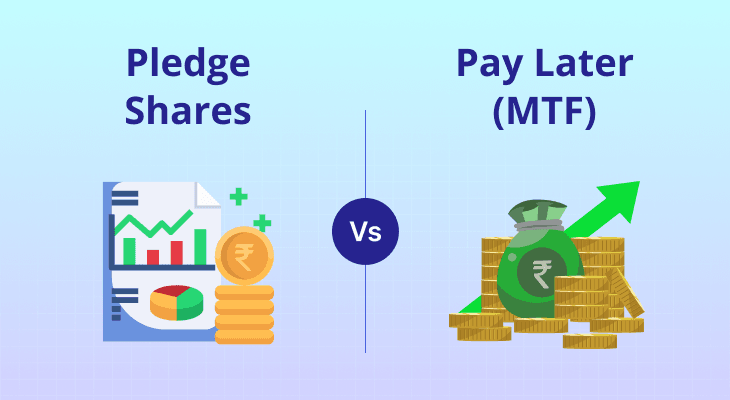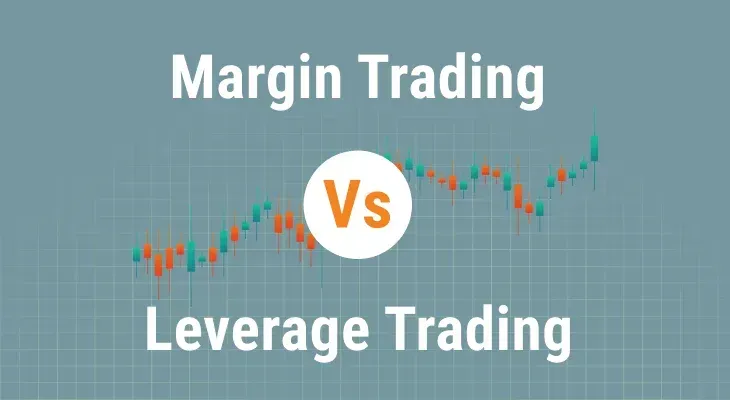
What is ‘Margin Call’ in the stock market?
Trading can be a lucrative proposition, helping you make short-term and long-term gains. But as the old saying goes, ‘it takes money to make money’. So, what do you do when you have trading strategies but not the capital to invest? Should you let go of the opportunities? No! Thankfully, there’s Margin Trading Facility - a delivery funding facility where you can borrow funds from your broker against capital in your trading account, known as margin. It is important for you to understand the different types of margin and how it works to avoid ‘margin call’. What is a margin call? Read on to learn more about margin call in the stock market and how to avoid it.
What is margin in trading?
Margin is the amount of money that you need to deposit in your trading account to be able to avail margin trading facility (MTF). It is typically a percentage of the total trade value. For instance, say you want to buy stocks worth ₹10 lakhs. In this case, you will have to maintain ₹2 lakhs as margin in your trading account basis which brokers like m.Stock will provide you with the balance ₹8 lakhs.
What are the different types of margins in the stock market?
There are 3 basic types of margin in the stock market:
Initial Margin
The amount of margin required to open a new position. This amount is typically a percentage of the total value of the securities being traded. In the above case, ₹2 lakh is the initial margin.
Maintenance Margin
This is the minimum amount that you must maintain in your account to keep the positions active. Brokers deduct daily MTM loss from maintenance margin. This amount is typically lower than the initial margin requirement.
Margin Call
This is a call or notice sent by the broker to the client if their maintenance margin falls below the required margin. In case of a margin call, investors are required to deposit additional funds to bring the account balance back up to the minimum required level or you will end up facing a penalty.
Understanding Margin Call with an example
Say you want to buy stocks worth ₹2 lakhs. Assuming 80% funding from the broker, you must have ₹50,000 in your trading account as (initial) margin. Let’s say the broker asks you to maintain a maintenance margin of 20%. This means you must maintain a (maintenance) margin of ₹40,000 in your trading account at all times. Now, unfortunately, the value of your purchased stocks falls by 10%. This means the total value of equity in your account becomes ₹1,80,000. Since the value of your position has fallen below the maintenance margin level of 30%, a margin call will be triggered and you need to deposit an additional amount into your account to bring the equity level back up to the minimum required level of 20%. Failure to do so could result in the broker selling securities in your account to cover the margin call.
Tips to avoiding a margin call
It’s no secret that as an investor or trader, you must try to avoid margin calls. Here are a few tips on how to avoid margin calls in the stock market:
Keep Cash In Your Account
The value of cash, unlike securities, remains stable. Hence, it is advisable to have some additional cash (above the minimum required level) in your account to avoid a margin call.
Periodically Monitor Your Holdings
Monitoring your portfolio is a beneficial strategy as you are able to judge the performance of existing holdings and make informed decisions. It becomes especially important if you have a margin account. Keeping a regular track of it will let you know whenever your account balance is nearing the maintenance margin, and if any actions need to be taken to avoid the possibility of a margin call.
Use Stop Loss
Stop loss (SL) is a type of order that is placed to automatically sell a security if the price falls below a certain level. This is a trader’s risk management tool that can help limit potential losses in a margin trade and reduce the probability of a margin call.
Diversify Your Portfolio
The mantra of investing is – don’t put all your eggs in one basket. By diversifying your investment across equity and debt through products such as stocks, derivatives, mutual funds, commodities, bonds, and other forms of securities, you reduce the dependency on the performance of a single asset class. Over reliance on a single form of investment can be detrimental since if it goes down, a margin call will be triggered quicker.
Margin calls are a risk management tool used by brokers to prevent traders from incurring losses that exceed the value of their account. They are designed to protect both the trader and the broker from potential losses that could result from trades made on margin. Margin trading can amplify your gains and losses, both.
FAQ
What happens if I don't meet a margin call?
There are many online training platforms available, each of which has its own pros and cons. You must choose a platform based on your specific requirements and preferences. You can choose a platform like m.Stock, which offers you a fast, easy and seamless trading experience at zero brokerage fees.Failure to meet a margin call can result in additional penalties or, the broker may liquidate your positions (by completely or partially selling your pledged holdings) to cover the margin requirements. This could result in significant losses if the securities are sold at a lower price than what you paid for them. Hence it is recommended to maintain sufficient margins at all times.
How can I avoid a margin call?
Margin calls may be avoided by maintaining a sufficient level of balance in your trading account. Keeping additional cash, regularly monitoring portfolio performance and using risk management tools such as stop-loss orders can help you avoid a margin call.
What is the difference between an initial margin and a maintenance margin?
Initial margin is the amount of money that you must deposit into your trading account to take a new position. Maintenance margin is the minimum balance that you must constantly maintain to avoid a margin call.
What happens to my existing positions if a margin call is issued?
In case you receive a margin call, your existing positions will remain open, but you will be required to immediately deposit additional funds to bring your trading balance back to the maintenance margin requirement. Inability to do so can result in the broker liquidating some or all of your positions to cover the margin requirements.


